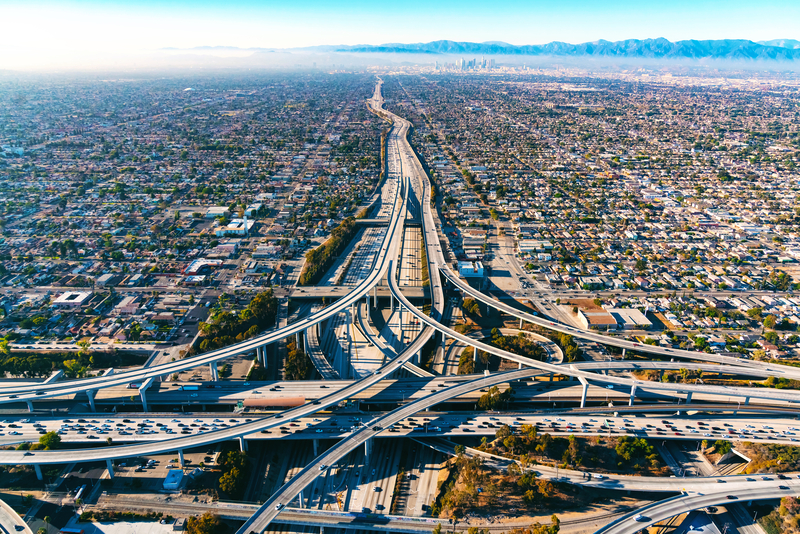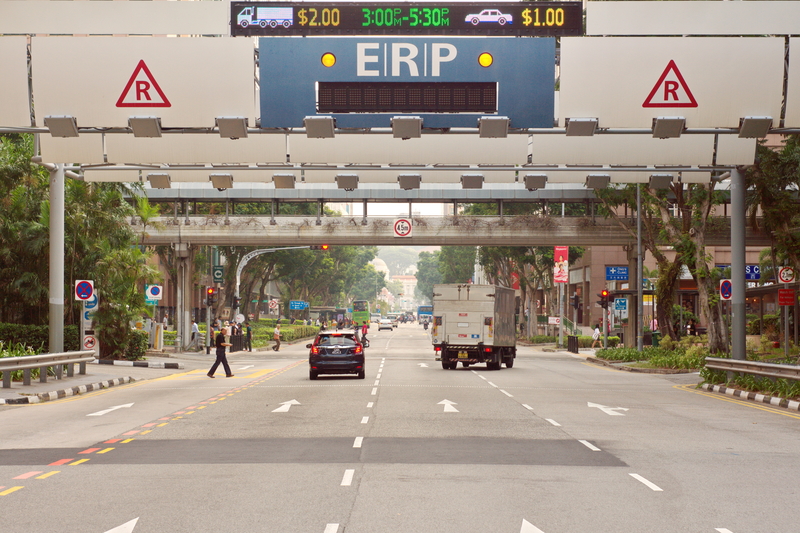
Most everyone reading this article can point to how an educational experience resulted in personal opportunities. With this in mind, it’s imperative at this point in time for the tolling industry to step up and provide meaningful education about the opportunities of road usage charging (RUC) to various stakeholders: legislators, policymakers, industry organisations, interest groups, transportation associations, public safety groups, environmental organisations and the media.
It is key to educate and mobilise the public at large as this impacts the actions and decision-making of these different groups. We only move the needle when all these different stakeholders are championing the cause. In addition to providing awareness of the benefits, such education can also address the many misperceptions that exist around RUC and highlight how these programmes benefit society overall. The following are five key points related to such an educational campaign.
#1 - Rethink Equity and the “Tax Break” for Electric Vehicle Owners
The more electric vehicles (EVs) on the road, the better it is for society. However, there is an important part of the equation that is being missed as it relates to electric vehicles, the environment and equity. Currently, most estimates put the average price of a new EV over $60,000, while a car of any kind is in the upper $40,000s. Those who can afford EVs are usually people who are in the upper-middle class or wealthy, and then don’t have to pay the gas tax. Those who continue to drive gas vehicles, who usually have less disposable income, continue to pay their tax. RUC levels the playing field by ensuring that all drivers are paying their fair share of tax.
“It’s imperative for the tolling industry to step up and provide meaningful education about the opportunities of RUC”
The concept of fairness resonates with both the public, transportation stakeholders and policymakers. Central to this conception of fairness is paying for what you use. It is much less effective when conversations about fairness pit groups against each other (drivers of fuel-efficient vs. less fuel-efficient vehicles, rural vs. urban residents, those who drive more vs. those who drive less). These conversations are also often based on mistaken or exaggerated assumptions about who stands to benefit. Bring the conversation back to a unifying principle: it is fair that everyone pays for the roads they use.
#2 - Reset the Expectations around Gas Tax Expenses
How much does the average person spend per year in gas taxes? Ask the average person this question and they would have no idea how to answer this and are probably more likely to overestimate. In reality, it is just a few hundred dollars. With a RUC solution in place, it is important for motorists to have transparency so they can be aware exactly how much they are paying for the mileage and how much that would be if they were paying a gas tax. We are doing this as part of our collaboration with the Oklahoma Department of Transportation and its pay-per-mile pilot programme. See the example in this image above. We are early on with this programme, but initial feedback to from all stakeholders to this has been positive.
#3 - The Gas Tax Contributes to Economic Growth
Think about what happens when an interstate is completely closed in an area. Traffic needs to be diverted to alternative routes. Suddenly, a 15-minute commute to a destination can balloon into over one hour. This costs time and money to the thousands of impacted drivers.
As a society, we take functioning roads for granted. We expect to get into our vehicles and for a trip to take a certain amount of time. In actuality, we see a strong possibility that a deteriorating transportation system can have a very damaging economic impact. We know the money from the gas tax is declining and that the necessary work on the road and bridges isn’t being addressed. However, according to public opinion surveys, most residents believe that roads are in good condition and that funding is either increasing or staying the same. Many are unaware that the fuel tax is a primary source of transportation funding. In reality, many locations are facing the potential shift from sporadic traffic inconveniences to persistent disruptions.
“RUC levels the playing field by ensuring that all drivers are paying their fair share of tax”
What happens when a jurisdiction isn’t able to fund an emergency road project? If the project isn’t ignored, usually what happens is that funding is taken from a different governmental budget – often a social programme. This obviously can have a very negative adverse effect on a community. Most of the public is unaware of this. There are some similarities to the climate crisis – not addressing the warning signals will come at a very hefty cost to society. The more motorists are educated about these economic realities related to transportation and raise their voices in response, the more this impacts legislators, interest groups, transportation associations, public safety groups, environmental organisations and the media.
#4 - Lead with Values
Transportation stakeholders and policymakers possess a high level of awareness about the challenges facing the state’s transportation infrastructure, especially the ability to fund it adequately. Communications about funding can become highly technical. The public is more interested in the values that a well-functioning transportation system helps support: quality of life, safety, and a healthy economy. Leading with values and emphasising the tangible benefits of well-maintained roads and bridges is likely to make the public more receptive to proposals about transportation funding alternatives. Even for individuals working directly in transportation, clear communications is important to crystalise the stakes.
#5 - Data from Telematics Needs to Be Made Available
Telematics data is collected by the vehicle manufacturer directly from the vehicle (location, odometer reading) and then shared with Emovis. A third-party private company then builds a daily trip total from that data that defines the total miles driven and in what geofenced location (state, city, locality, etc.). Governments should mandate that this information from telematics should be made available as telematics provides ease of user adoption at the lowest cost to the client.
“We know the money from the gas tax is declining and that the necessary work on the road and bridges isn’t being addressed”
There may be concerns that such information violates privacy concerns. With RUC, the government doesn’t have access to this information. Private industry has the data and cannot sell it to another entity under any circumstances. The information is aggregated and anonymised data – just the total mileage – and doesn’t track specifics about exact whereabouts. No matter where we go, countless security cameras are filming drivers’ movements. The majority of people share data with other private companies through phones (which is often sold to third parties, hence the targeted ads that you might receive at a particular time).
When asked about privacy and tracking, we are much more likely to engage when we understand the positive benefits. It is therefore important to communicate the positive outcomes of sharing information: road safety and a reduction in vehicle repair costs. A negative perception of an activity can quickly be reversed when it directly impacts our wallets!
Final Thought
We have historical information through our surveys in pilot programmes that clearly show customers who were hesitant about participating in a RUC roll-out. However, through education, these same individuals realise that the hurdle isn’t significant and buy into the benefits, as noted in follow-up surveys. These individuals who were once reluctant then share a much more positive perspective, which plays a role in greater acceptance overall. Their buy-in then directly positive impacts all the transportation industry stakeholders. Without educational awareness driven by smart communications, optimal results aren’t possible. This is costly for everyone.

ABOUT THE AUTHOR:
Scott Jacobs is RUC product manager for Emovis











